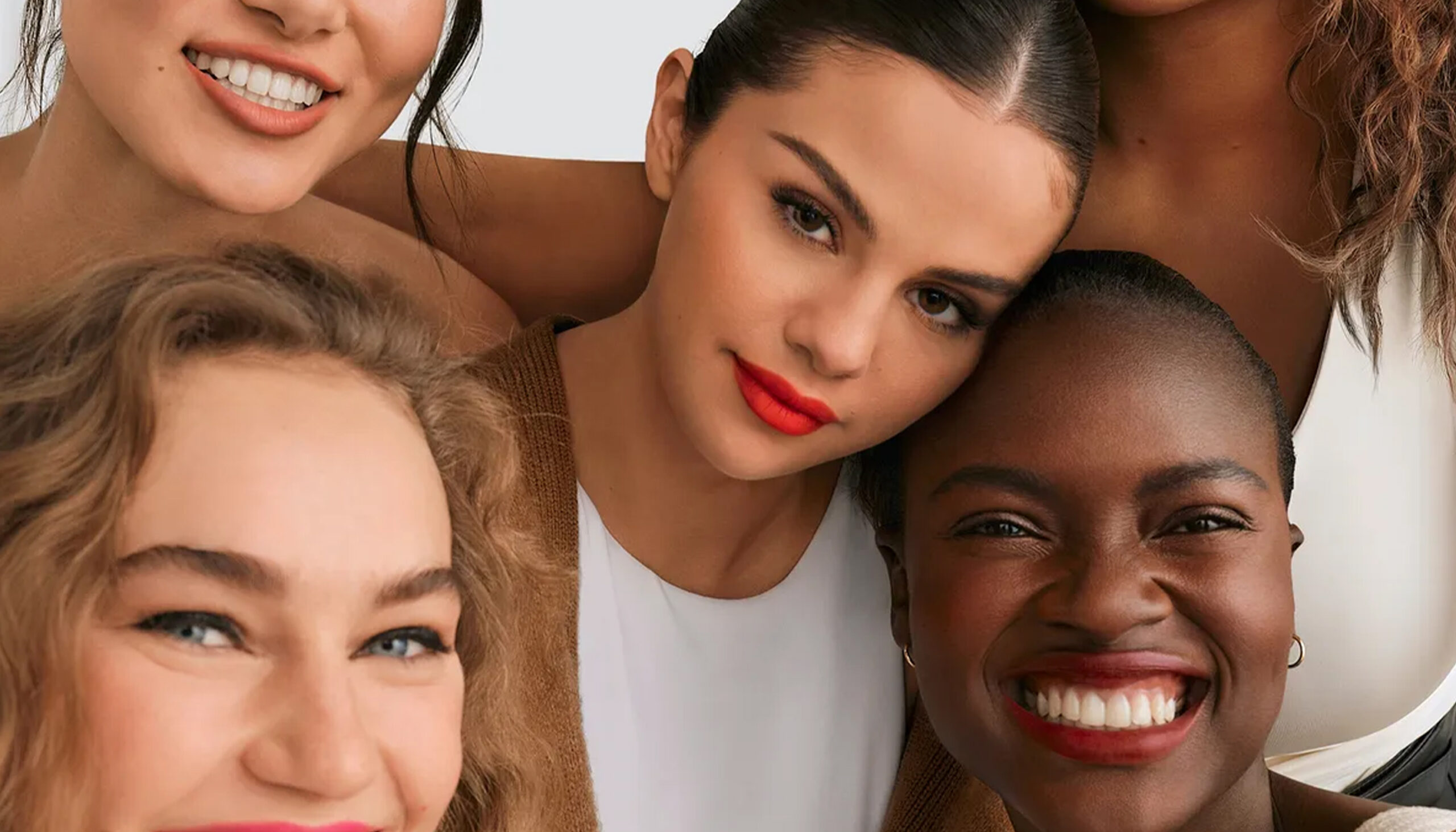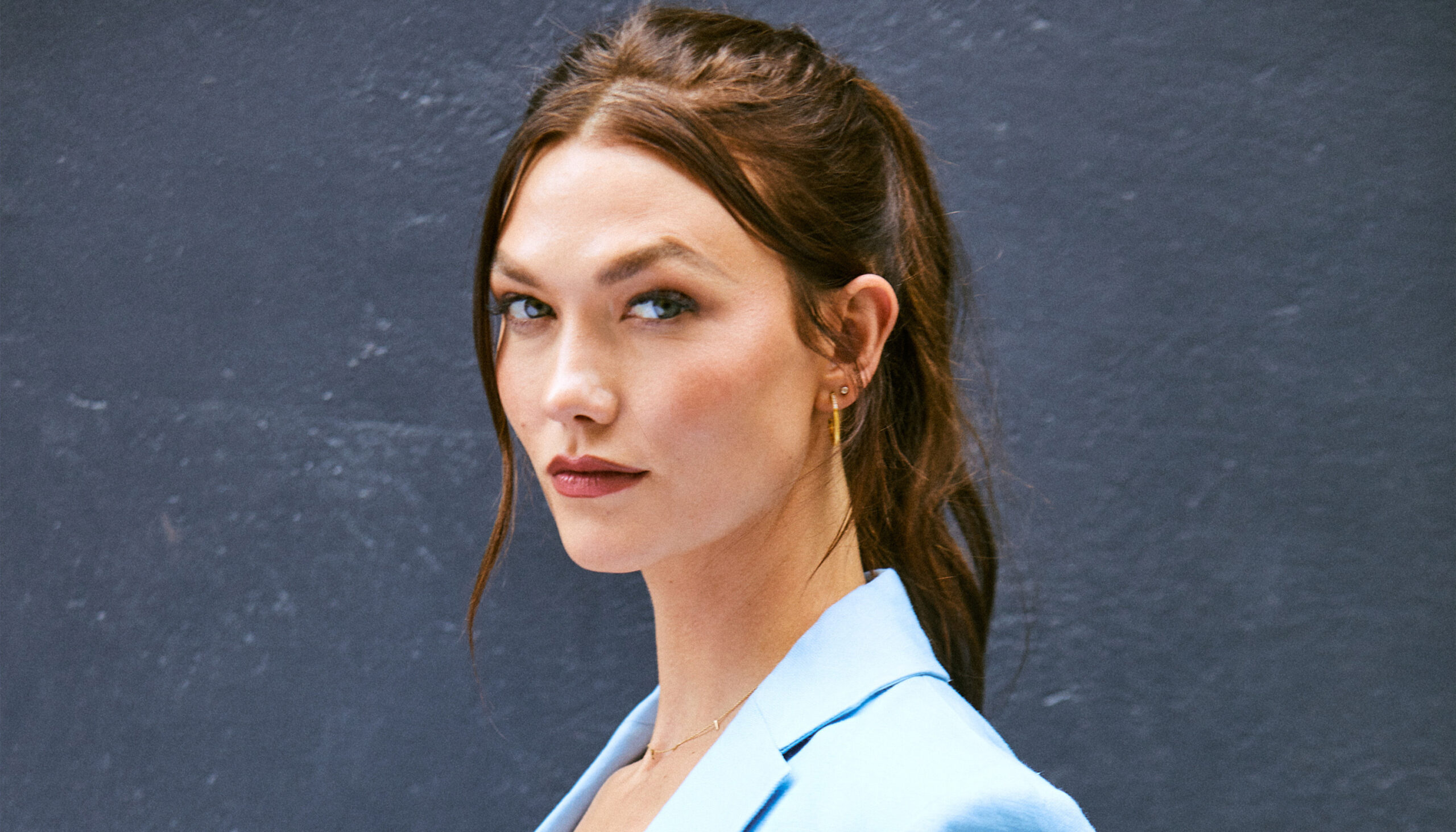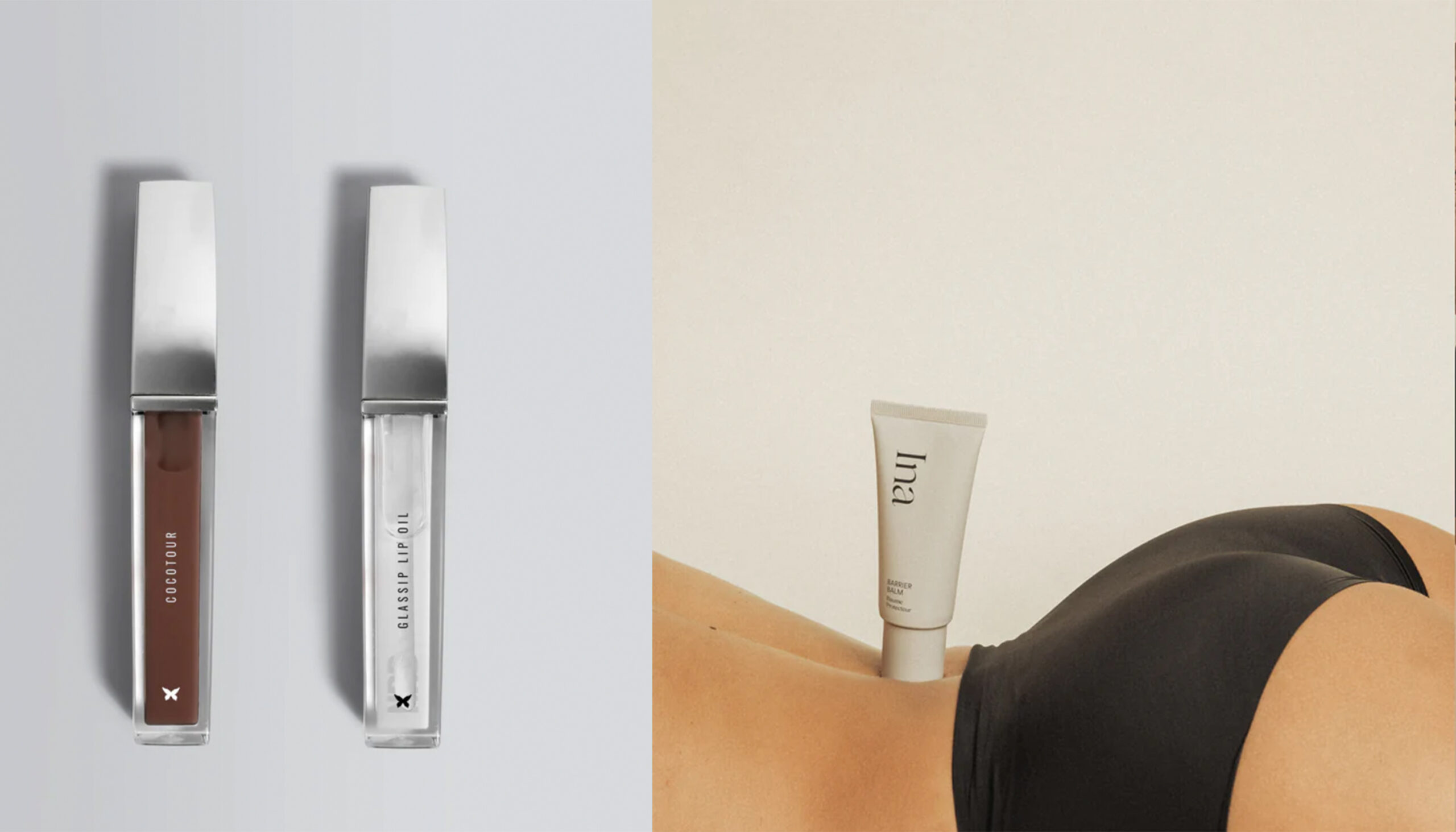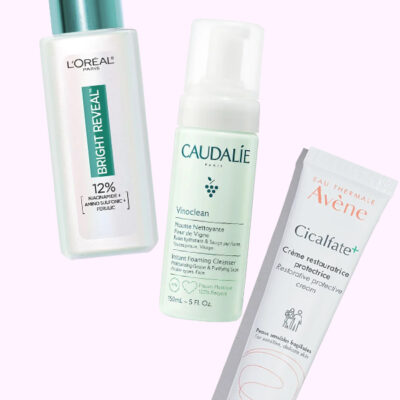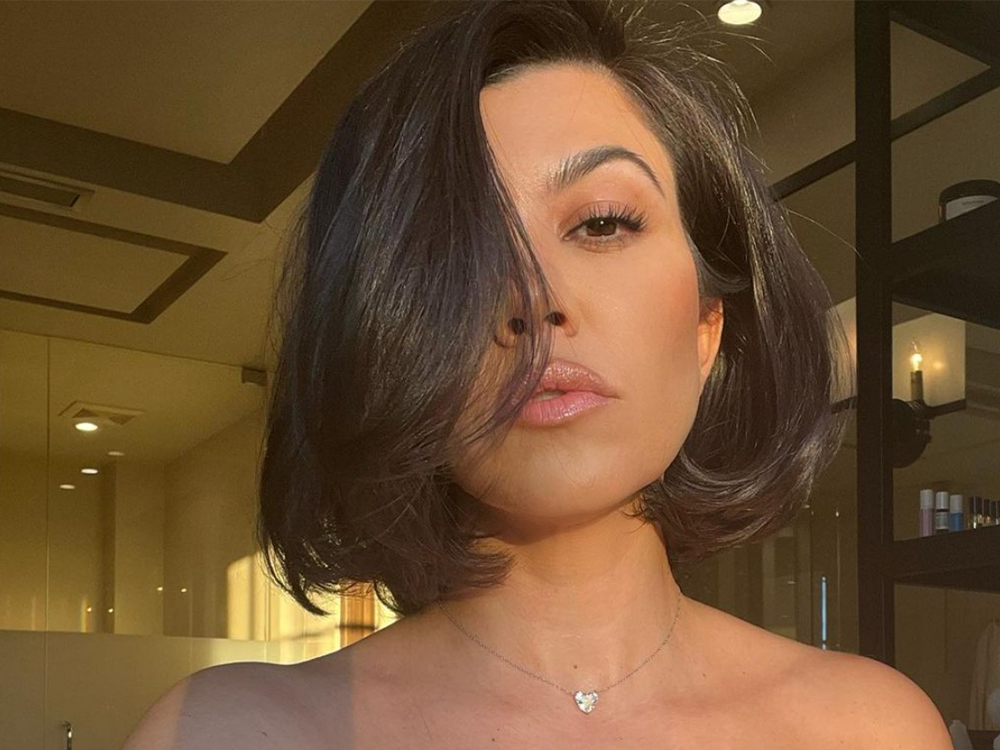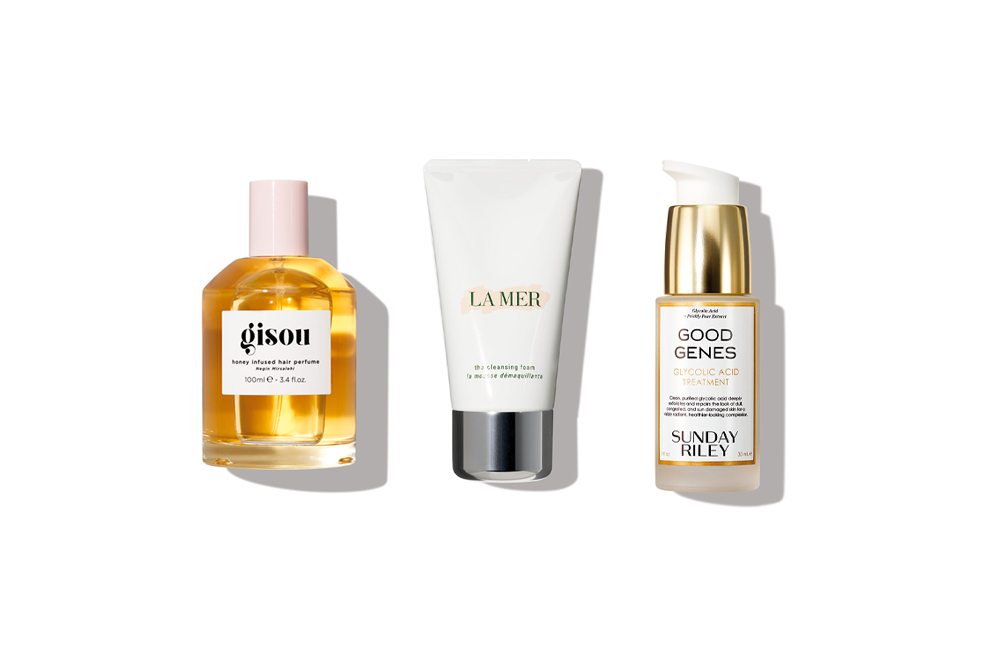“Have you ever wanted to disappear? I don’t want to disappear.”
I wrote that at age 19 about my scarring condition. At the time, I felt that keloids were like unkind strangers building new homes on your skin, tearing up the landscaping without bothering to ask permission. Because when you keloid, the raised, angry red hypertrophic scar can continue to grow indefinitely, I felt like I had a limited amount of time with my skin.
I felt like one day, I wouldn’t recognize myself.
Life-Long Companion
My first keloid was also my most psychologically damaging, though it wouldn’t really start to impact me until I was in my teens. At age four, I got chicken pox. I must have scratched it. What four year-old wouldn’t?
The result was a raised, red scar right on my breast bone, above my breast.
Easily seen in anything that wasn’t a high-collar shirt, it grew alongside me. I had a friend say it looked like a hamster. I had nice old ladies ask me what happened when they saw it in the grocery store. And my dad made up increasingly bizarre stories to answer when I was uncomfortable: my daughter ran into a burning building to rescue a cat and a beam struck her right in the heart, she was struck by lightning, have you ever seen the scene in Final Destination with the log?
But then, you know, the teen years happened.
The Teen Years
I actually went through my old Facebook photos (cringe) to try and find a picture that showed the scar, but I didn’t have any. I always avoided showing it—and even at my most confident in high school, I always wore something with a high enough collar to cover it.
It was enough of a problem for me that I saw another dermatologist.
This one also suggested surgery, but this time they would use rounds of steroid injections to hopefully discourage more keloid growth and potentially help shape the scar into something more palatable. The caveat was that I would have to take time off doing basically anything sporty or sports-adjacent for a while because any excess movement in the area would make the scarring worse.
I decided to go for it. I got out of high school gym, took health class twice, and had a scar remodeling surgery.
My remodeling surgery went well (the keloid on my chest is mostly flat, which was the main issue I had with it). But the older I got, the more I thought about keloiding. I’m a clumsy person by nature, and it was frightening to me that any accident or mistake, or even just acne I had, wouldn’t just live with me forever as a scar, but could continue to grow. They could start taking up more and more space on my body.
What would be left, eventually?
Living with a Keloid Condition
I was pretty despondent, honestly.
I’m not sure when the thought started fading out, but these days I’m 27 and I have more little scars than I can count. A lot of them are on my hands—little nicks from cats and falls and even a horse bite. The one on my chest is more than three inches long, and a lot less angry red than it used to be.
I’ve tried to stop thinking about them as some alien invader, though. These scars are still my skin, my body.
That’s not easy to accept. But the call was coming from inside the house, and it’s my own body that’s creating the scars, and the scars are still me. A big part of coming to terms with that had to do with building my own self-confidence, and honestly, people are a lot nicer as adults. No romantic partner has ever cared about it, none of my friends have ever even brought it up.
It’s not perfect, and it can be hard sometimes to feel beautiful. But more often than not, I just don’t think about it at all. Most of the time, my scars are just me. And that’s pretty great.

